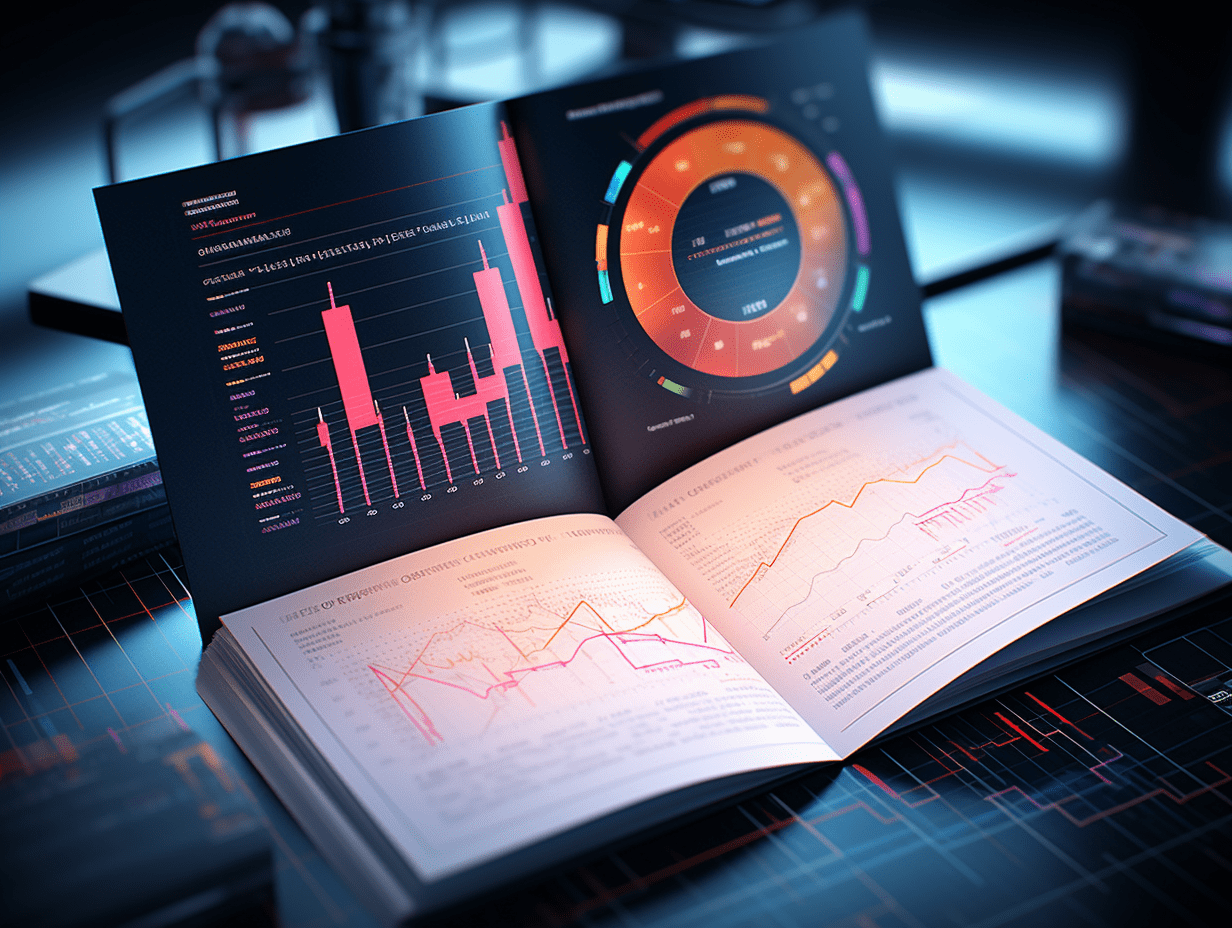Jefferies reveals a new watershed in the game of US stocks, will the bulls and bears battle it out at 5500 points?
A transaction price higher than 5500 will signal to technical analysts that traders are shifting from selling at highs to buying at lows.
Noticeably, in recent days, the US stock market has experienced severe fluctuations, with the market repeatedly affected by the changing stance of US President Trump on tariff issues, leaving many Wall Street investors at a loss.
For technical analyst Daniel Kershaw at JFruity, this kind of extreme volatility makes it especially important to analyze key points through charts. In his view, the crucial point to focus on currently is 5500 - the S&P 500 index must surpass this level in order to regain half of the 19% decline since its historical high in February.
The index closed below 5000 points two weeks ago, nearing the bear market territory, but has now bounced back to 5376 points.
If it breaks through the 5500 point mark (requiring just over a 2% increase from Wednesday's closing price), not only will it essentially erase all of the April losses, but for Kershaw, it also signifies that trading strategy is shifting from "selling high" to "buying low."
"The more times the market tests the resistance level, the greater the probability of a breakthrough," said the technical analysis principal at JFruity. If it breaks through this point, a rebound to 5800 to 6000 points "seems entirely possible."
For traders assessing potential downward space, 4800 points is a critical level to watch, more than 3.5% below the year-to-date low in April.
Strategist Jason Hunter from JPMorgan believes the market may test this range and even drop to 4500 points: "We suspect this retracement could potentially establish a more solid bottom."
While macro risk consultancy chief technical strategist John Colovis believes that 4800 points could be a support level, "given the recent downward trend, the possibility of testing 4700 points is greater, even potentially testing 4480 or 4300 points."
Contradictory signals
Traders are also closely monitoring market breadth indicators, as an increase in the number of individual stocks participating in a rebound often suggests a more sustainable trend. Currently, 31% of S&P 500 component stocks are trading above the 200-day moving average, an improvement from less than 20% in early April.
JC O'Hara, chief technical strategist at Roth Capital Partners, notes that "bulls would prefer this percentage to be closer to 50%."
Another indicator favored by market observers is the relative strength index (RSI). This indicator fell below 30 in early April, indicating overselling, but has not yet reached overbought levels in the subsequent rebound (usually signaling peak buyer enthusiasm).
Related Articles

United States second-hand house sales unexpectedly fell in March, and the continuous rise in prices has become a challenge for homebuyers.

Federal Reserve Governor Wall said that if the labor market is under pressure, he will support interest rate cuts to deal with the impact of tariffs.

Federal Reserve's Harker: Fed may cut interest rates in June if economic data is clear
United States second-hand house sales unexpectedly fell in March, and the continuous rise in prices has become a challenge for homebuyers.

Federal Reserve Governor Wall said that if the labor market is under pressure, he will support interest rate cuts to deal with the impact of tariffs.

Federal Reserve's Harker: Fed may cut interest rates in June if economic data is clear

RECOMMEND

Federal Reserve's Harker: Fed may cut interest rates in June if economic data is clear
24/04/2025

The big stick of tariffs cannot suppress the wave of AI-driven technology replacement. Is Apple Inc. entering a climax of stock price rebound with the "fruit chain"?
24/04/2025

Pan Gongsheng: There are no winners in a trade war or tariff war. China will continue to adhere to its policy of opening up to the outside world.
24/04/2025


